Whether it’s a sock, toy, or plastic wrapper, pets have an uncanny knack for eating what they shouldn’t. For curious puppies and mischievous cats, the world is full of chewable temptations—but when those objects go from plaything to internal hazard, quick action is essential.
Foreign body ingestion is one of the most common emergencies seen in veterinary medicine. Understanding what it is, how it’s treated, and—most importantly—how to prevent it can help save your pet from pain, surgery, or worse.
Expert Surgical Care at Cane Bay Veterinary Clinic
Located in Cane Bay, South Carolina, Cane Bay Veterinary Clinic specializes in diagnosing and surgically removing foreign bodies from pets. From the moment you walk in through recovery, our veterinary team ensures clear communication, gentle care, and precise treatment. We’re equipped with advanced diagnostics and surgical capabilities to help your pet bounce back from even the scariest of emergencies.
Why Do Pets Ingest Foreign Objects?
Dogs and cats often use their mouths to explore the world, especially when they’re young. But that curiosity can lead to dangerous behavior.
Common Culprits:
- Clothing items: socks, underwear, gloves
- Toys: pieces of squeakers, string, rubber balls
- Food packaging: corn cobs, plastic wrap, bones
- Household items: coins, batteries, hair ties, tampons
Pica, a condition where pets compulsively eat non-food items, may also play a role. Boredom, anxiety, teething, and even nutritional deficiencies can trigger this behavior.
What Happens After Ingestion?
When a pet swallows an item it can’t digest or pass, several complications can arise—some life-threatening.
1. Gastrointestinal Obstruction
Objects can get stuck in the stomach or intestines, leading to:
- Vomiting
- Dehydration
- Abdominal pain
- Lethargy
- Loss of appetite
If untreated, this can lead to intestinal rupture or sepsis, a life-threatening infection.
Learn more from the ACVS on gastrointestinal foreign bodies
2. Perforation
Sharp or rigid objects (like skewers, bones, or needles) may puncture the GI tract, allowing bacteria to leak into the abdomen, causing peritonitis or septic shock.
3. Toxicity
Some swallowed items aren’t just dangerous—they’re poisonous:
- Batteries: Can leak corrosive chemicals
- Coins: Often contain toxic metals like zinc
Signs Your Pet May Have Ingested Something Dangerous
| Symptom | Why It Matters |
| Vomiting (especially multiple times) | Often the first sign of obstruction |
| Lethargy or hiding | Indicates pain or internal distress |
| Straining to defecate | May signal partial blockage |
| Loss of appetite | A red flag for GI discomfort |
| Pawing at mouth or drooling | Suggests oral irritation or stuck object |
If your pet is showing any combination of these symptoms—especially after known access to risky objects—call your veterinarian immediately.
Diagnosing a Foreign Body: What to Expect
At Cane Bay Veterinary Clinic, the diagnostic process typically includes:
- Physical exam: Abdominal palpation may reveal discomfort or swelling
- X-rays: Ideal for spotting metal, bone, or dense materials
- Ultrasound: Helpful for visualizing soft-tissue foreign bodies
- Endoscopy: Diagnostic and potentially therapeutic if the object is in the upper GI tract
Treatment: When Surgery Becomes Necessary
Non-Surgical Options
For smaller or recently ingested items, your vet may attempt:
- Inducing vomiting (only if safe)
- Feeding a high-fiber diet to help pass the object
- Endoscopic removal if the object is reachable and conditions allow
Surgical Foreign Body Removal
If the object is large, sharp, or has caused an obstruction, abdominal surgery is usually required. This involves:
- General anesthesia
- Opening the stomach or intestines
- Removing the foreign object
- Checking for any tissue damage or perforations
- Closing and monitoring recovery
Learn more: Gastrointestinal Foreign Body Obstruction – Cornell
Learn more about exploratory surgery in pets
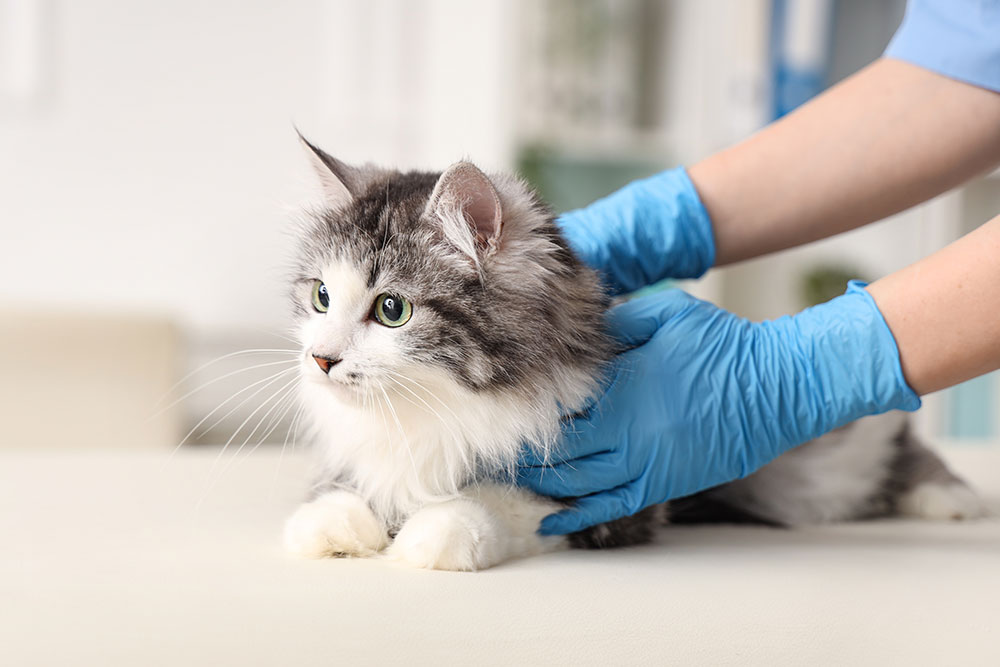
What Recovery Looks Like After Surgery
At the Clinic:
- IV fluids and medications
- Antibiotics, especially if perforation or infection occurred
- Pain management and close monitoring
At Home:
- Restricted activity for 10–14 days
- Close monitoring of appetite, stool, and behavior
- Follow-up visits for suture removal and healing assessment
- Transition back to regular diet as advised
How to Prevent Foreign Body Ingestion
Pet-Proofing Tips
- Keep laundry, trash, and food packaging out of reach
- Store batteries, hair ties, coins, and medication securely
- Use durable toys that don’t break apart easily
Behavioral Prevention
- Supervise pets—especially young ones—during playtime
- Train “leave it” or “drop it” commands
- Rotate safe chew toys to prevent boredom
Preventive Behavioral Care – AVSAB
When to Call the Vet
Contact your veterinarian immediately if:
- Your pet is vomiting repeatedly
- There is visible bloating or abdominal discomfort
- Your pet refuses food for more than 24 hours
- You know or suspect they swallowed something unsafe
Contact Cane Bay Veterinary Clinic
Vigilance Is Key
Foreign body ingestion can escalate quickly. With attentive care, a pet-safe home, and regular veterinary visits, you can dramatically reduce your pet’s risk of needing emergency surgery.
Have questions or concerns about your pet’s behavior or symptoms?

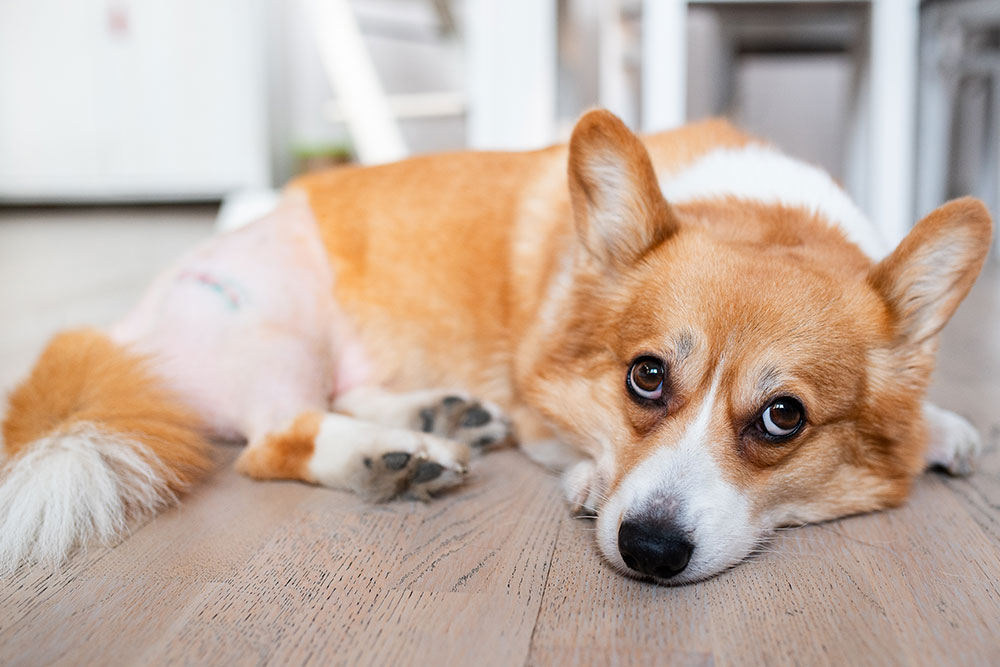
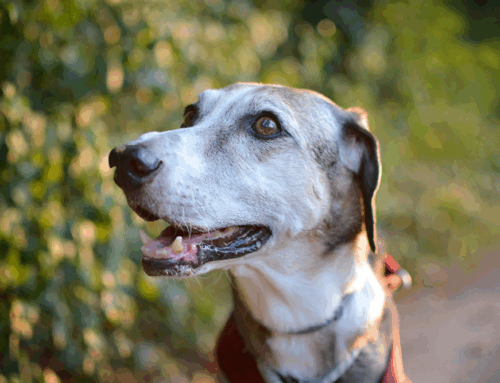
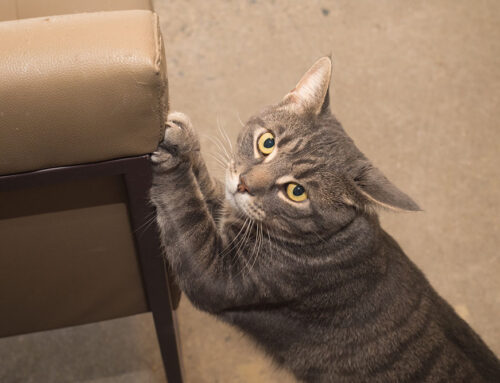

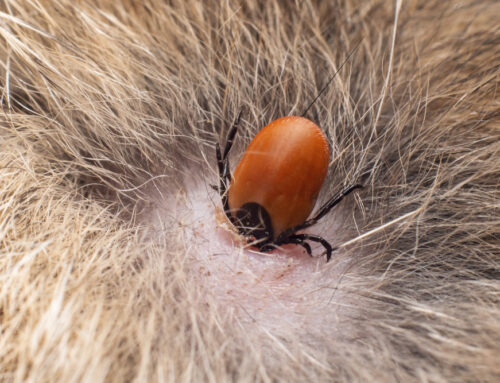

Leave A Comment